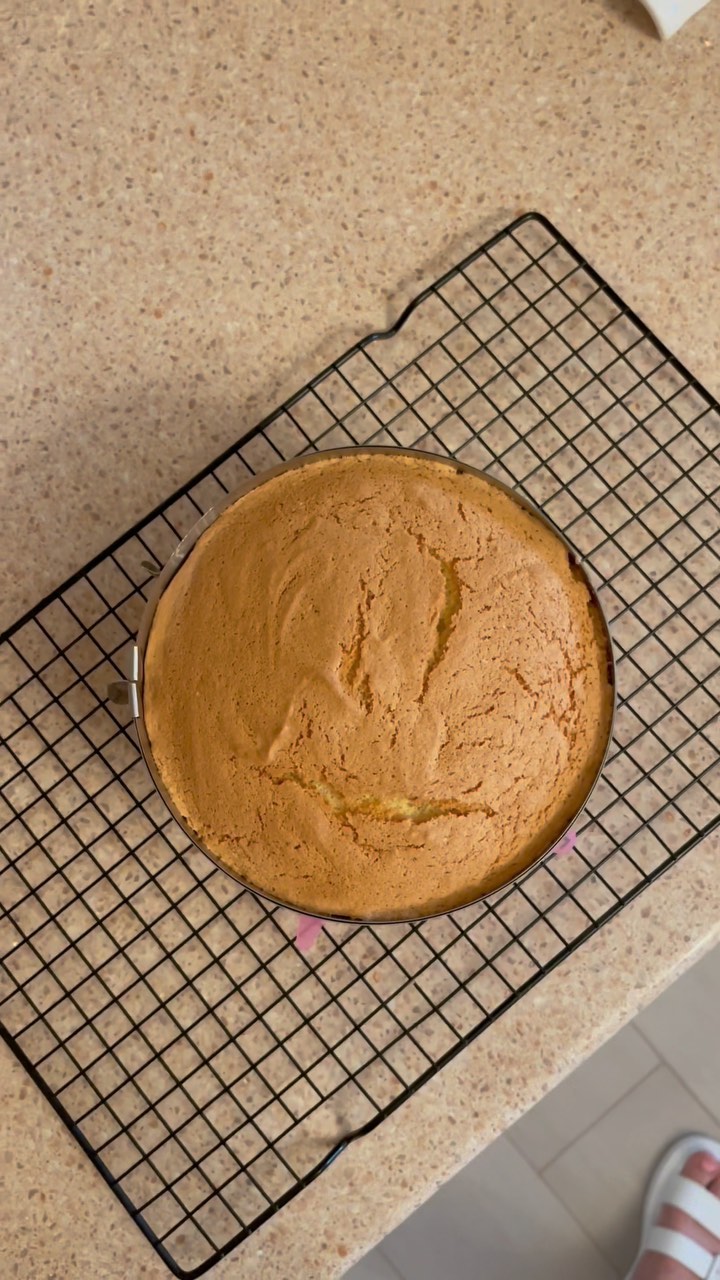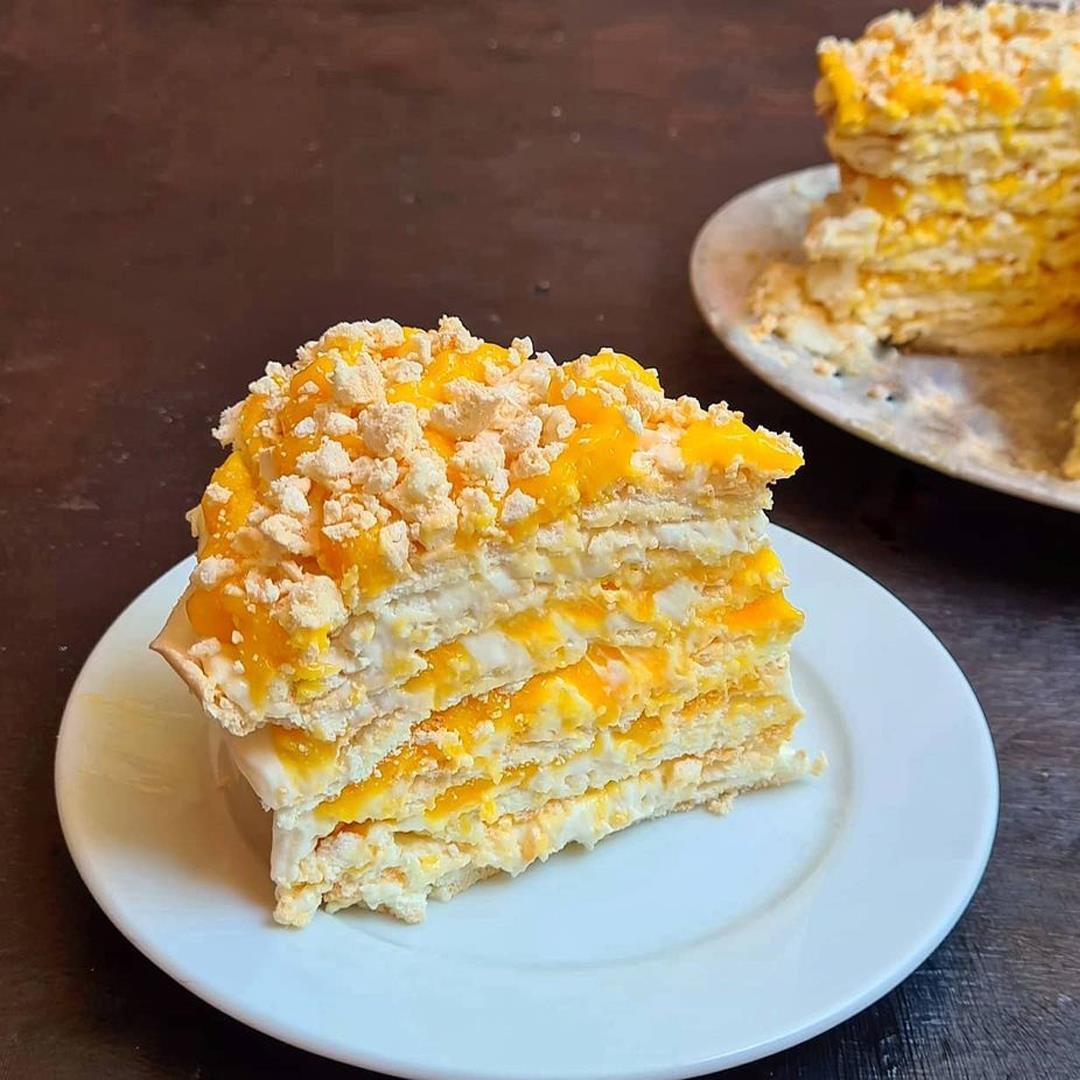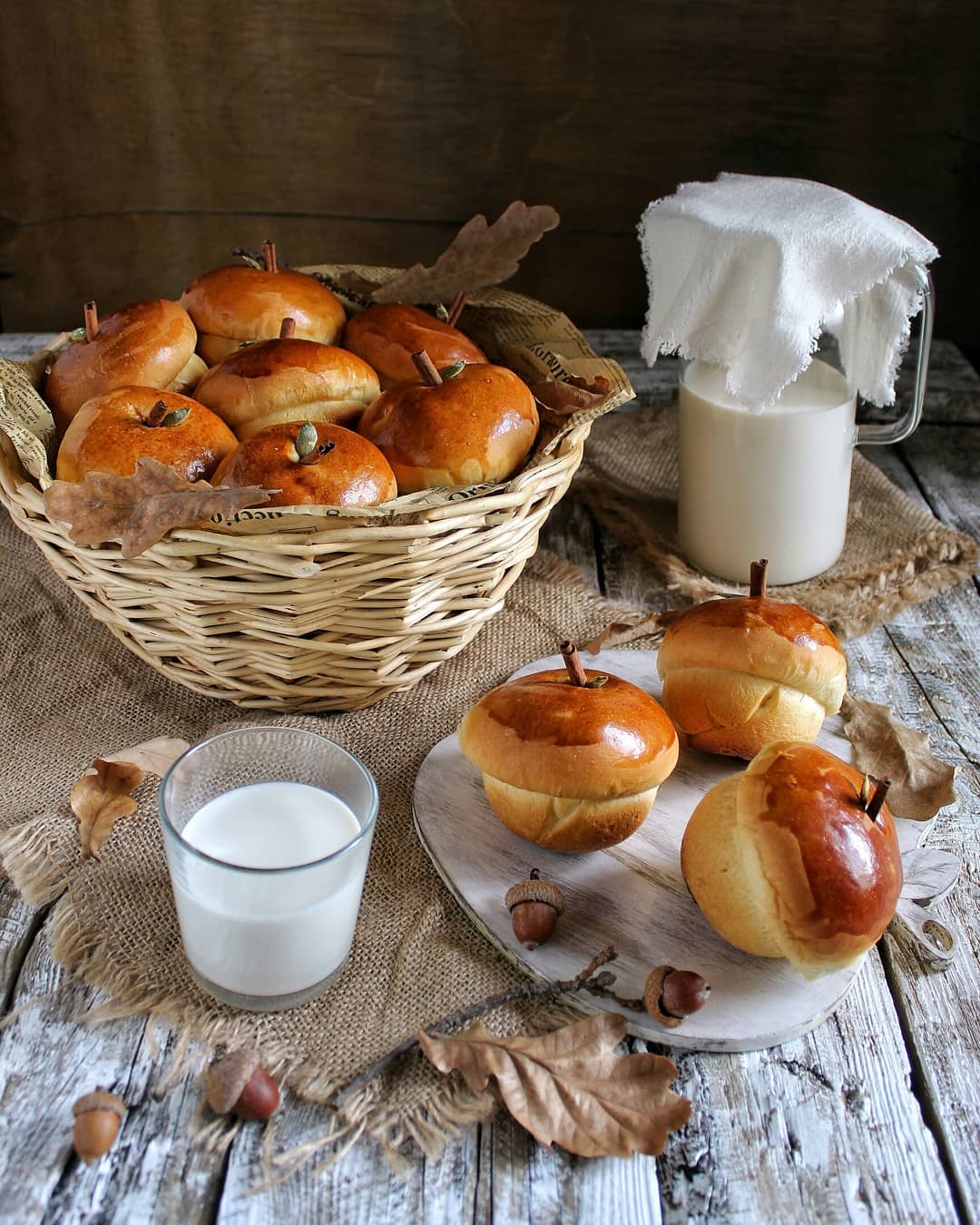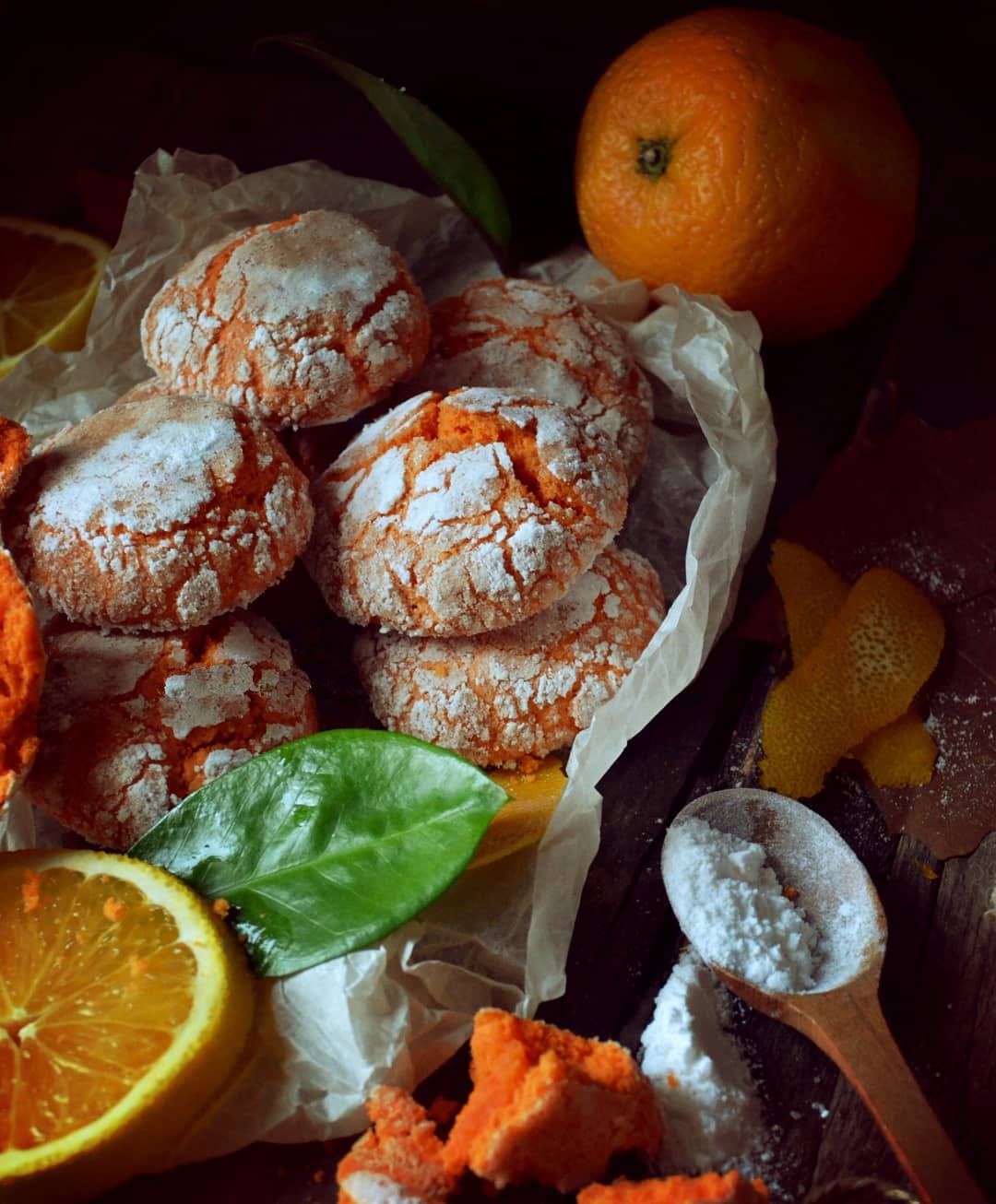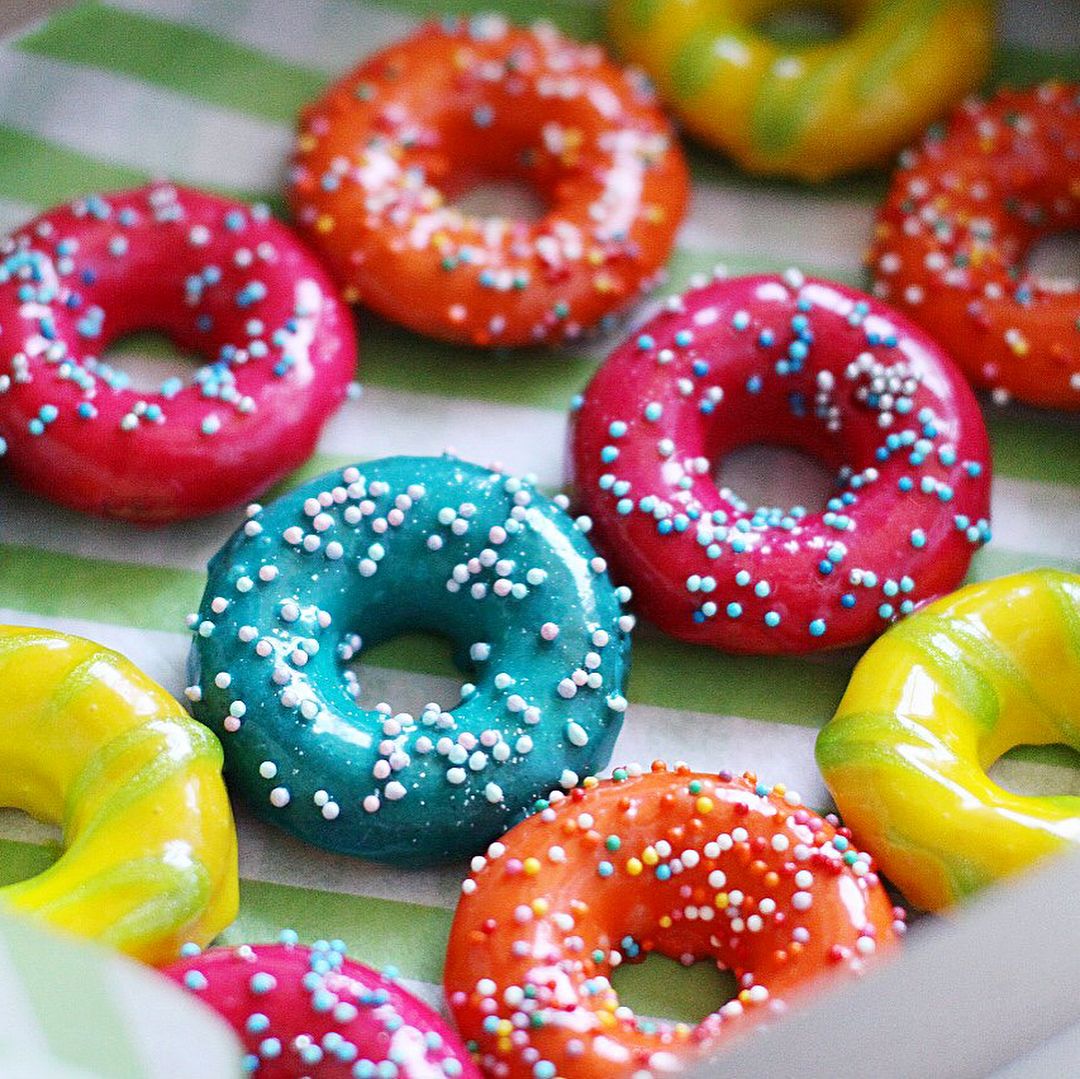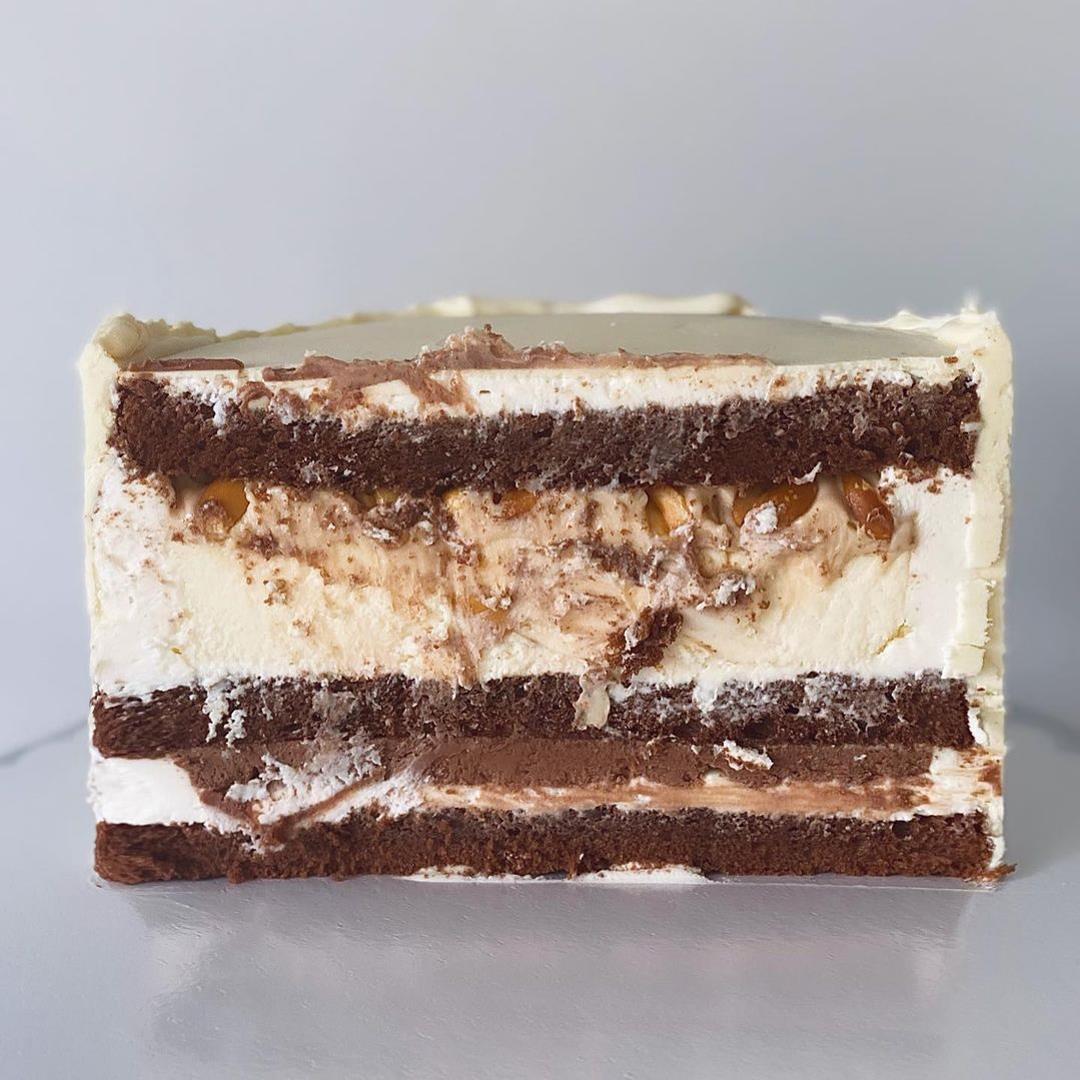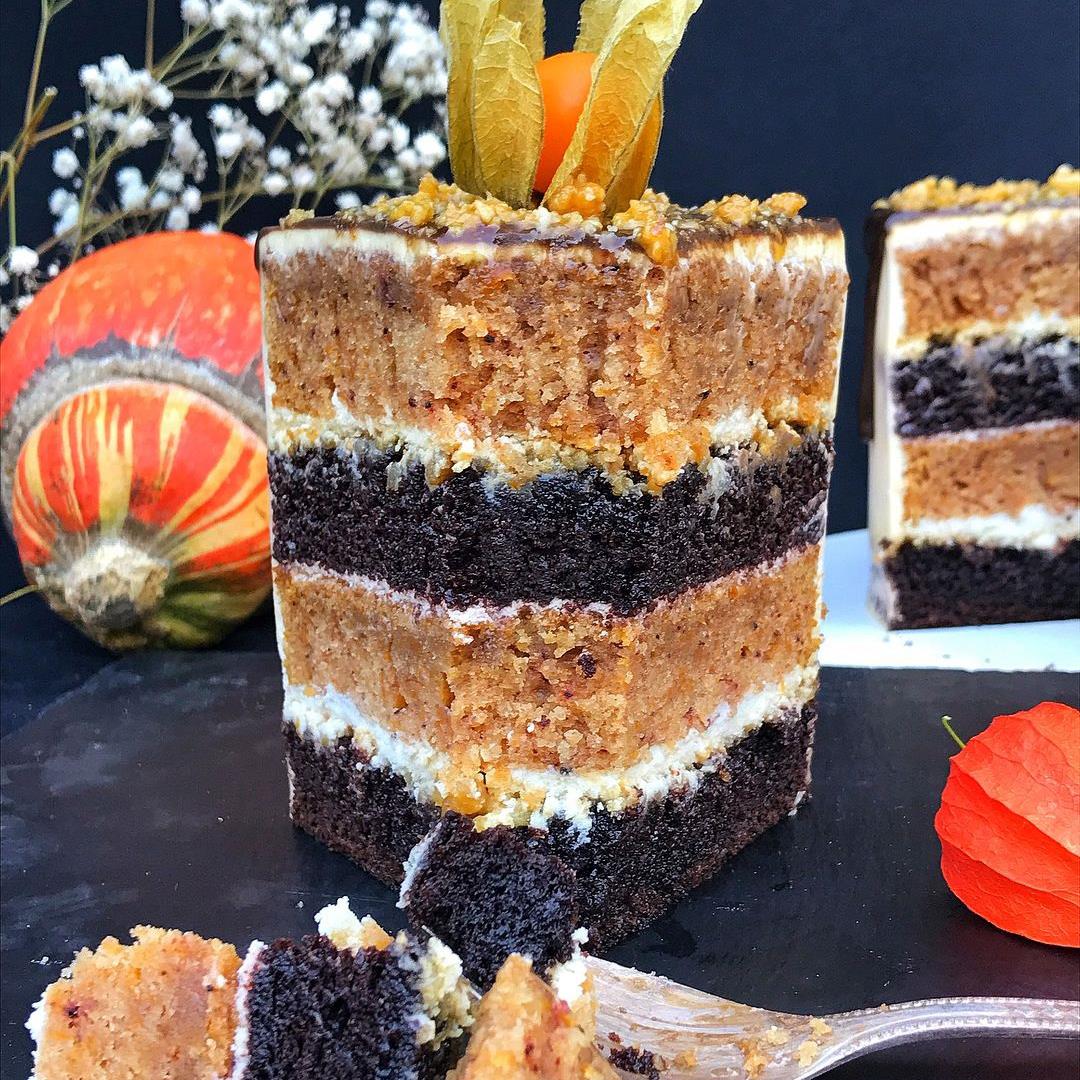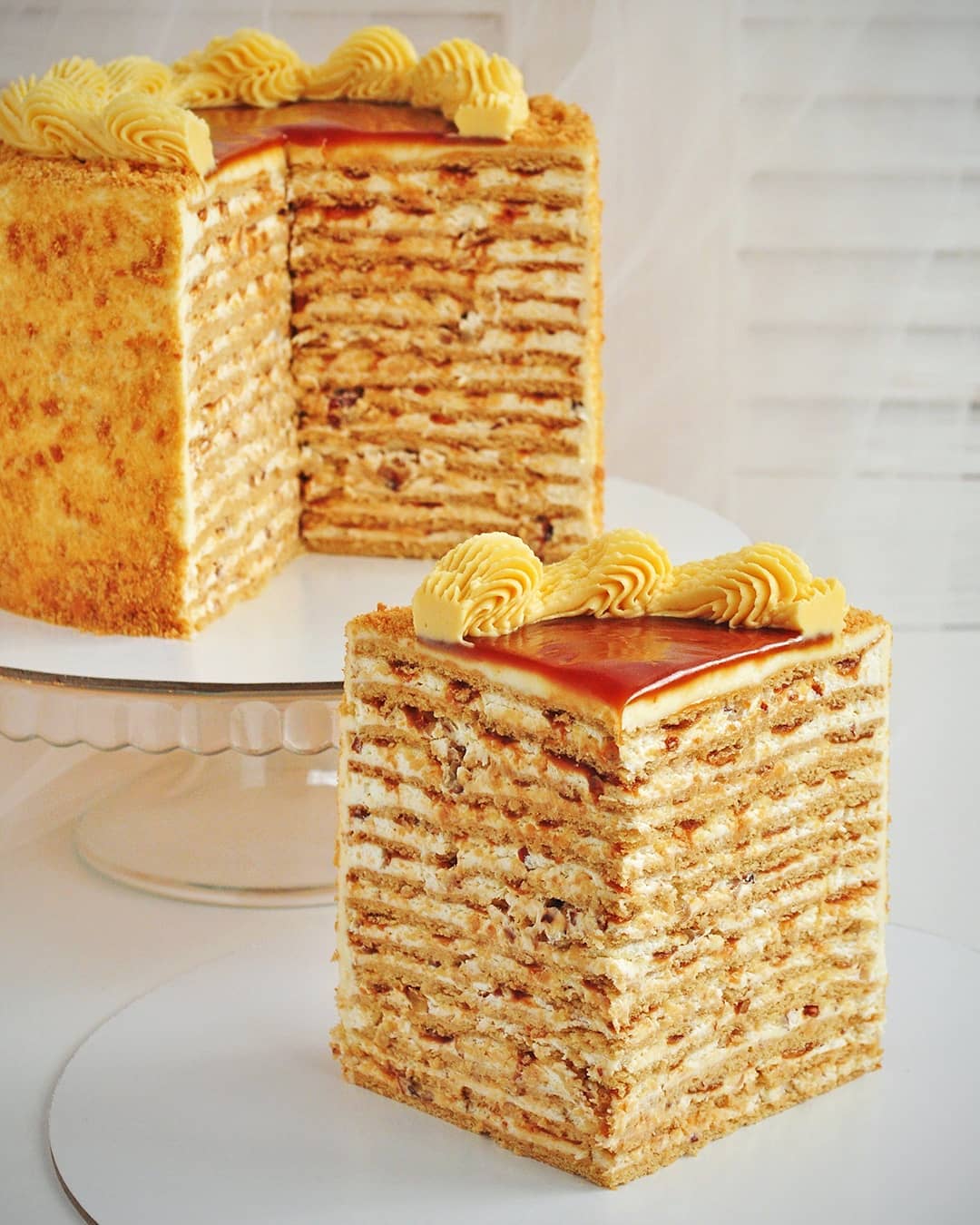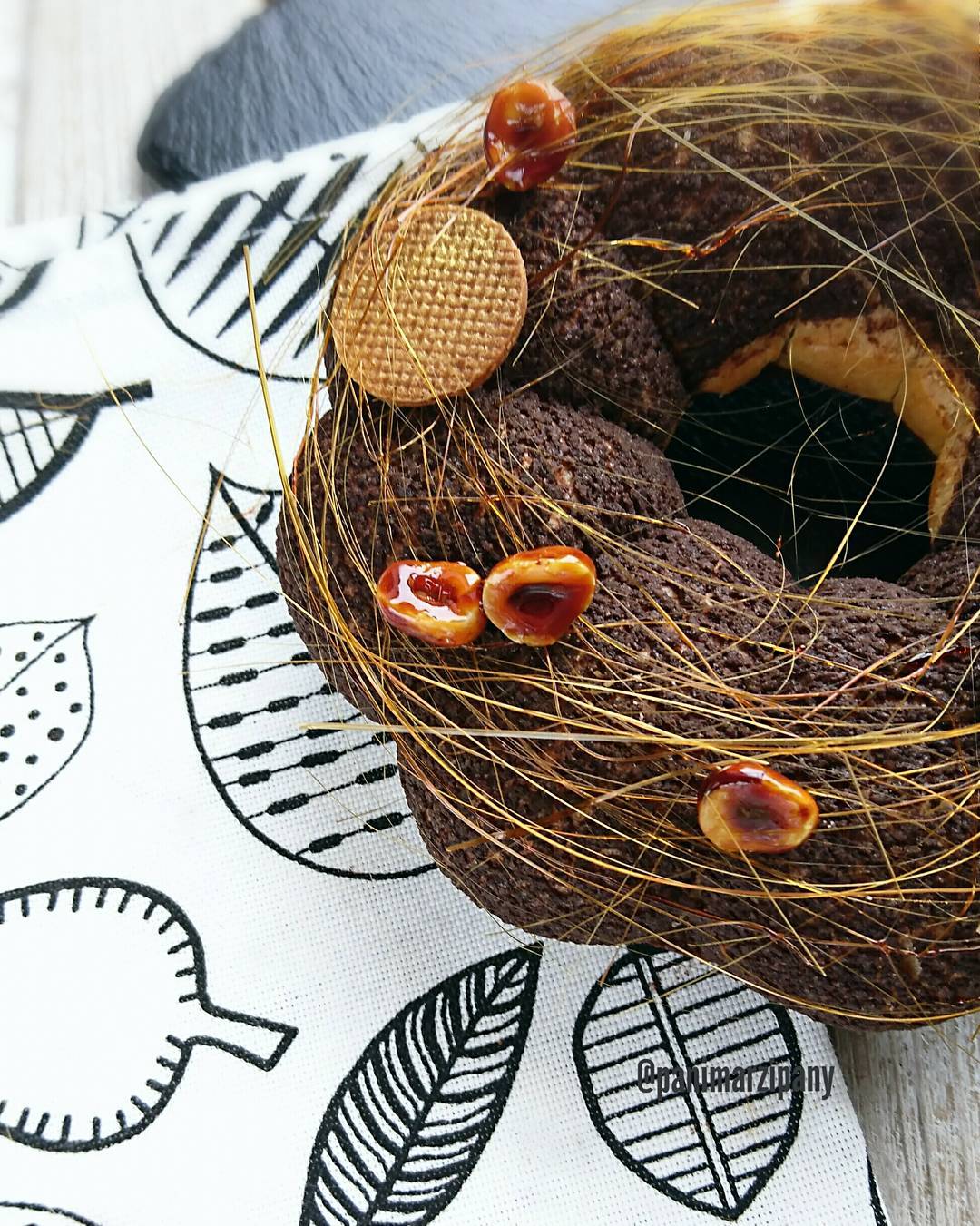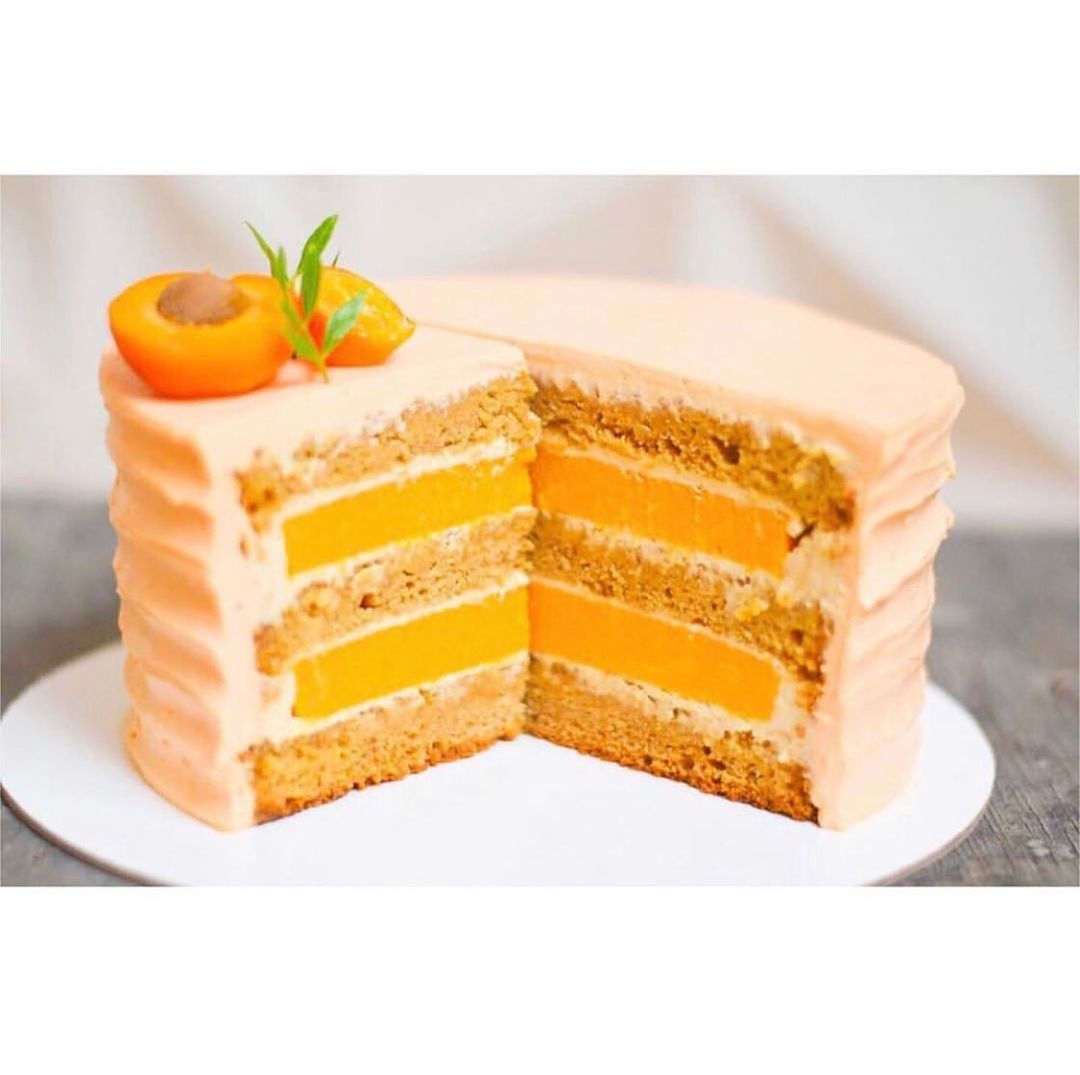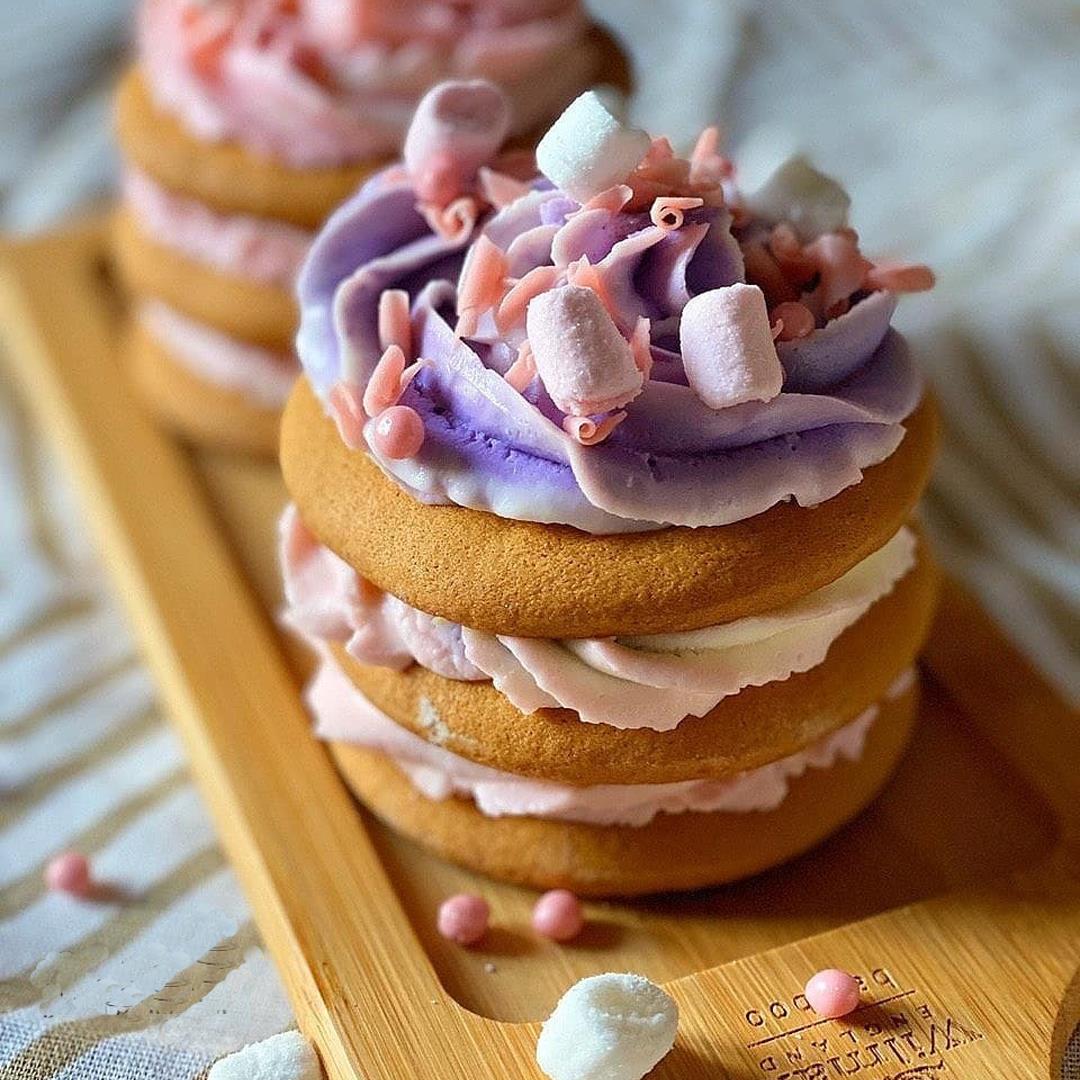Ingredients
Instructions
Step 1
Preparation
Step 2
Mixing
Step 3
Combining Ingredients
Step 4
Baking
Step 5
Finishing Touches
Servings
Berry Bliss: Serve your sponge cake with a handful of fresh berries and a generous dollop of whipped cream. The tangy-sweet combination is to die for! 🍓🍰
Chocolate Heaven: Drizzle melted dark chocolate over the top of your sponge cake. Add a sprinkling of chopped nuts for crunch. It’s a chocoholic's dream! 🍫🌰
Classic and Simple: Sometimes, less is more. A light dusting of powdered sugar over the top is all you need for an elegant presentation. 🍰✨
Fruit Topping Frenzy: Pile high with assortments of fruits like kiwi, banana, and mango. Add a brush of simple syrup to keep it moist and enhance sweetness. 🍍🍓🍌
Furthermore, try transforming your sponge cake into a layered masterpiece. Slice the cake in half horizontally and fill it with pastry cream, chocolate ganache, or jam. Get ready for a taste sensation! 🍰🎉
Equipment
Helps efficiently separate egg whites from yolks without any mess.
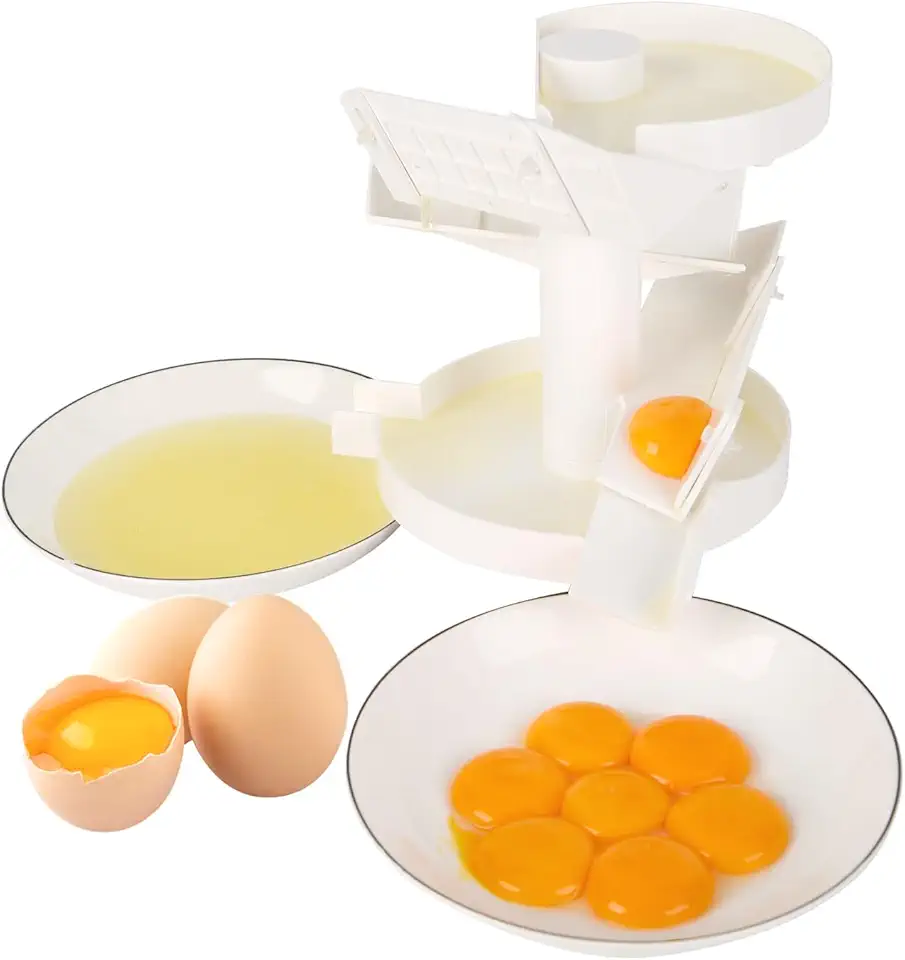 Egg white separator, Quick egg separator Egg yolk separator Protein separator, Time saver, For baking cakes, Kitchen tools for restaurants, Baking tools (001)
$59.99
View details
Egg white separator, Quick egg separator Egg yolk separator Protein separator, Time saver, For baking cakes, Kitchen tools for restaurants, Baking tools (001)
$59.99
View details
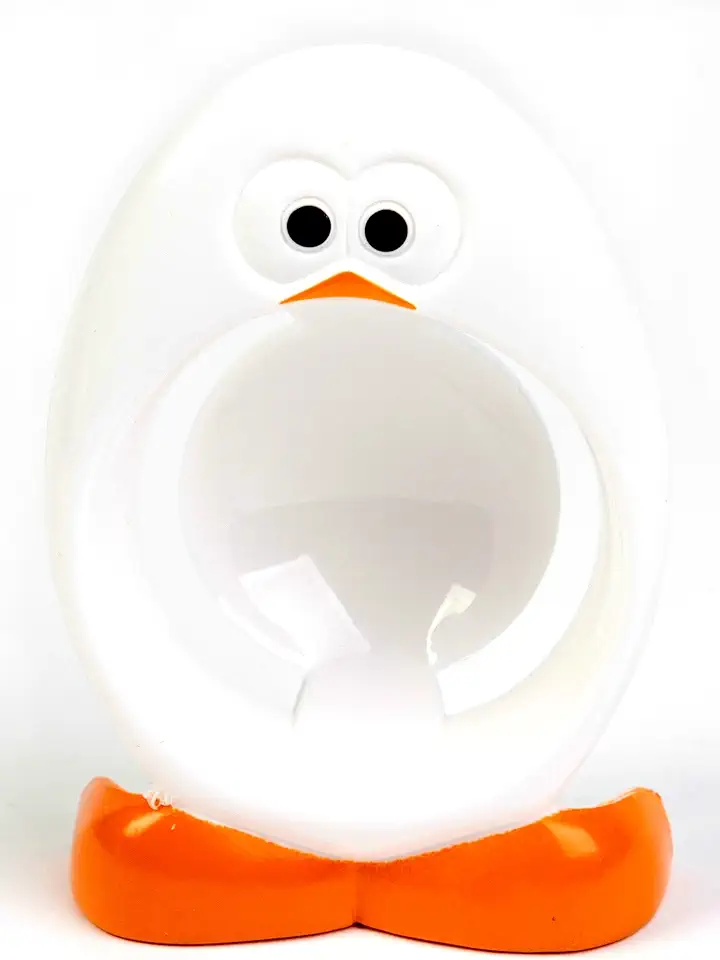 Joie Yolky White Egg Separator
$11.90
View details
Prime
Joie Yolky White Egg Separator
$11.90
View details
Prime
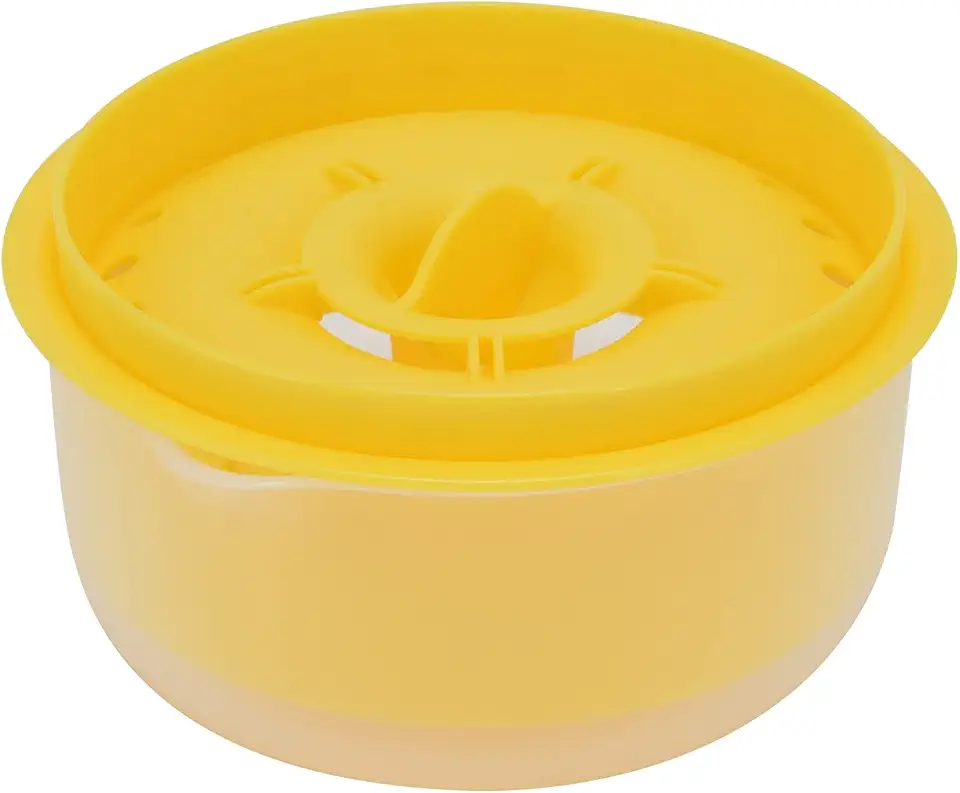 Egg Separator, Easy to, Separates up to 6 Yolks, Non, Reusable for Home Bakery (Yellow)
$11.80
View details
Egg Separator, Easy to, Separates up to 6 Yolks, Non, Reusable for Home Bakery (Yellow)
$11.80
View details
An electric mixer speeds up the process of beating egg whites to stiff peaks.
Ensures your flour is lump-free, making folding into egg mixture much easier.
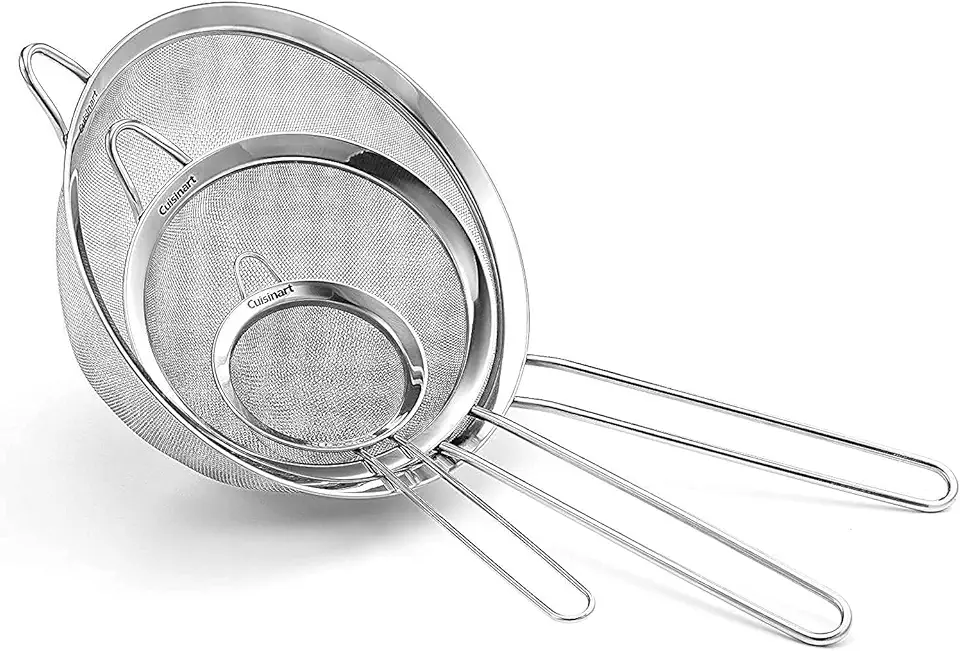 Cuisinart Mesh Strainers, 3 Count (Pack of 1) Set, CTG-00-3MS Silver
$12.99
View details
Prime
Cuisinart Mesh Strainers, 3 Count (Pack of 1) Set, CTG-00-3MS Silver
$12.99
View details
Prime
 Bellemain 3 Cup Flour Sifter for Baking Fine Mesh Rotary Hand Crank with Loop Agitator for Quick Sifting, Flour Sifter Stainlees Steel
$19.99
$27.95
View details
Prime
Bellemain 3 Cup Flour Sifter for Baking Fine Mesh Rotary Hand Crank with Loop Agitator for Quick Sifting, Flour Sifter Stainlees Steel
$19.99
$27.95
View details
Prime
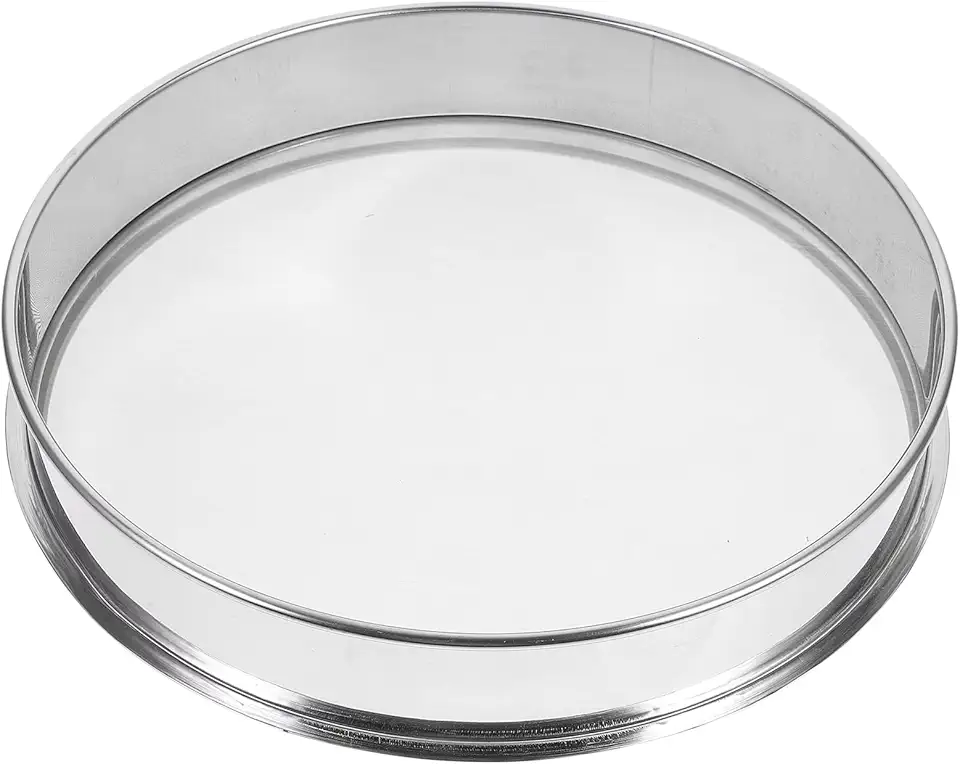 Fine Mesh Sifter Sifter Shaker Extractor 150 Mesh Flour Sifter Sieve Stainless Steel Food Strainer for Home Bakery Shop Cocoa Powder 30cm
$39.36
$46.38
View details
Fine Mesh Sifter Sifter Shaker Extractor 150 Mesh Flour Sifter Sieve Stainless Steel Food Strainer for Home Bakery Shop Cocoa Powder 30cm
$39.36
$46.38
View details
Perfect for gently folding ingredients together without deflating the batter.
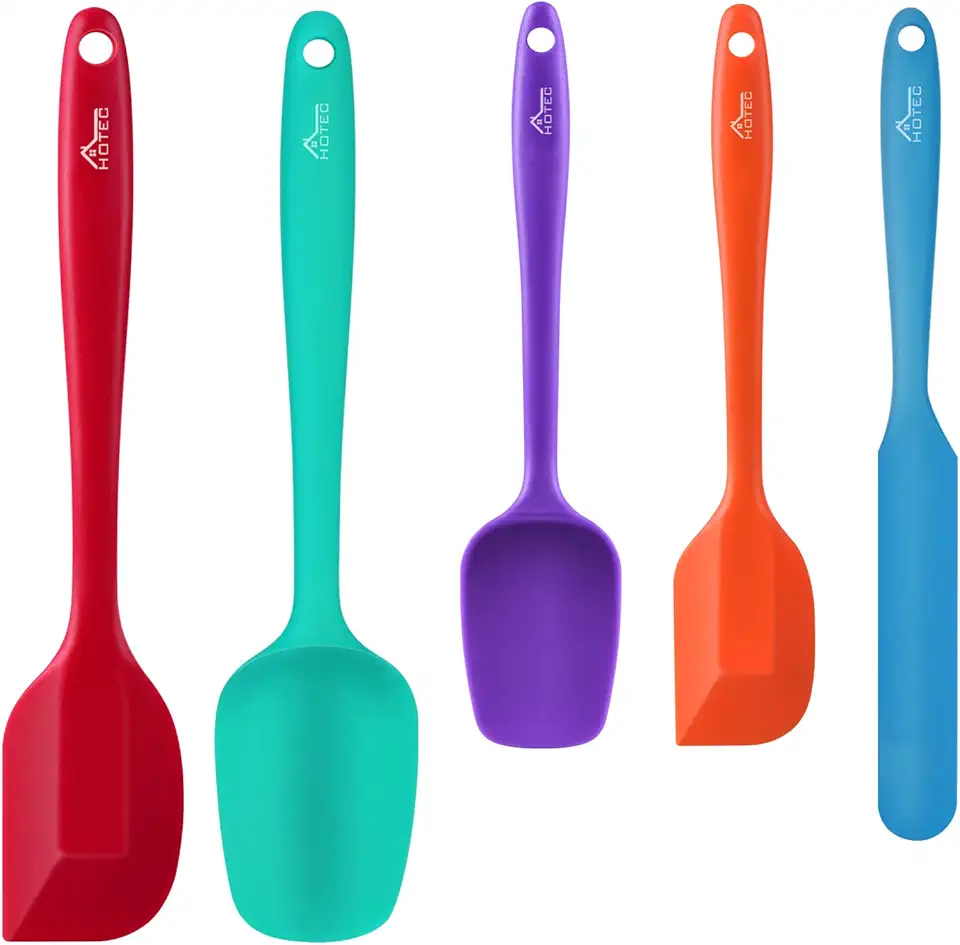 HOTEC Food Grade Silicone Rubber Spatula Set for Baking, Cooking, and Mixing High Heat Resistant Non Stick Dishwasher Safe BPA-Free Multicolor Set of 5
$9.59
$18.99
View details
Prime
HOTEC Food Grade Silicone Rubber Spatula Set for Baking, Cooking, and Mixing High Heat Resistant Non Stick Dishwasher Safe BPA-Free Multicolor Set of 5
$9.59
$18.99
View details
Prime
 Wilton Icing Spatula - 13-Inch Angled Cake Spatula for Smoothing Frosting on Treats or Spreading Filling Between Cake Layers, Steel
$7.98
$8.75
View details
Wilton Icing Spatula - 13-Inch Angled Cake Spatula for Smoothing Frosting on Treats or Spreading Filling Between Cake Layers, Steel
$7.98
$8.75
View details
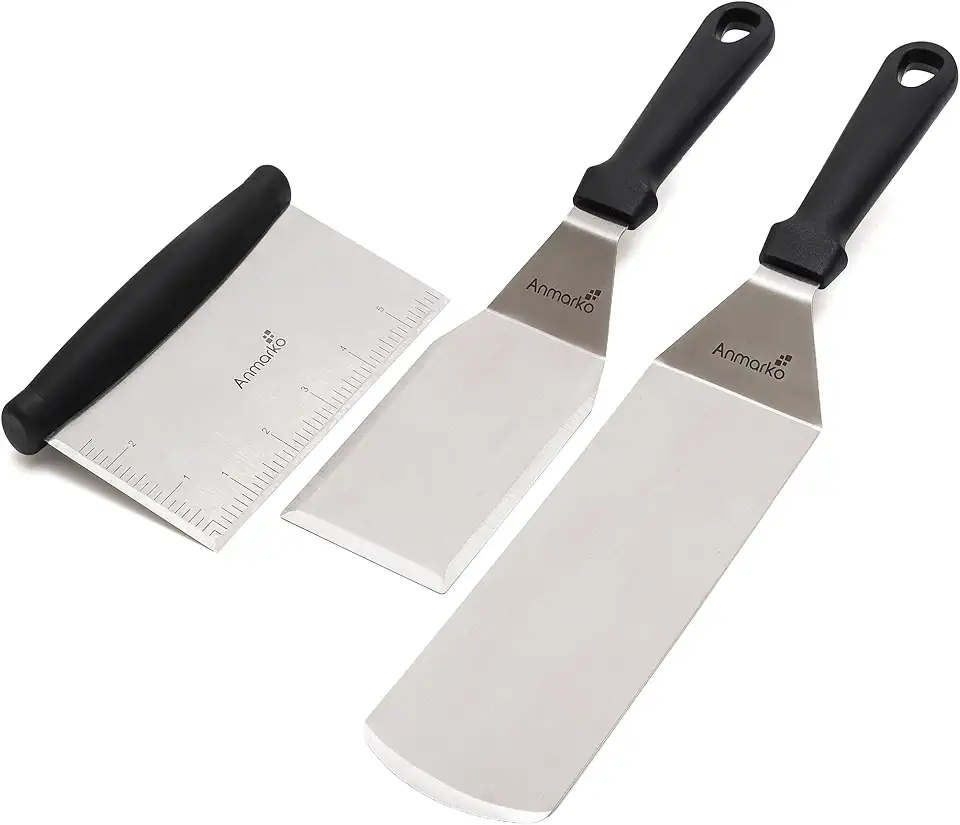 Metal Spatula Stainless Steel and Scraper - Professional Chef Griddle Spatulas Set of 3 - Heavy Duty Accessories Great for Cast Iron BBQ Flat Top Grill Skillet Pan - Commercial Grade
$19.99
$22.99
View details
Metal Spatula Stainless Steel and Scraper - Professional Chef Griddle Spatulas Set of 3 - Heavy Duty Accessories Great for Cast Iron BBQ Flat Top Grill Skillet Pan - Commercial Grade
$19.99
$22.99
View details
Use a 17 cm (7 inch) round cake pan for the ideal sponge cake size. Ensure it’s well-greased to avoid sticking.
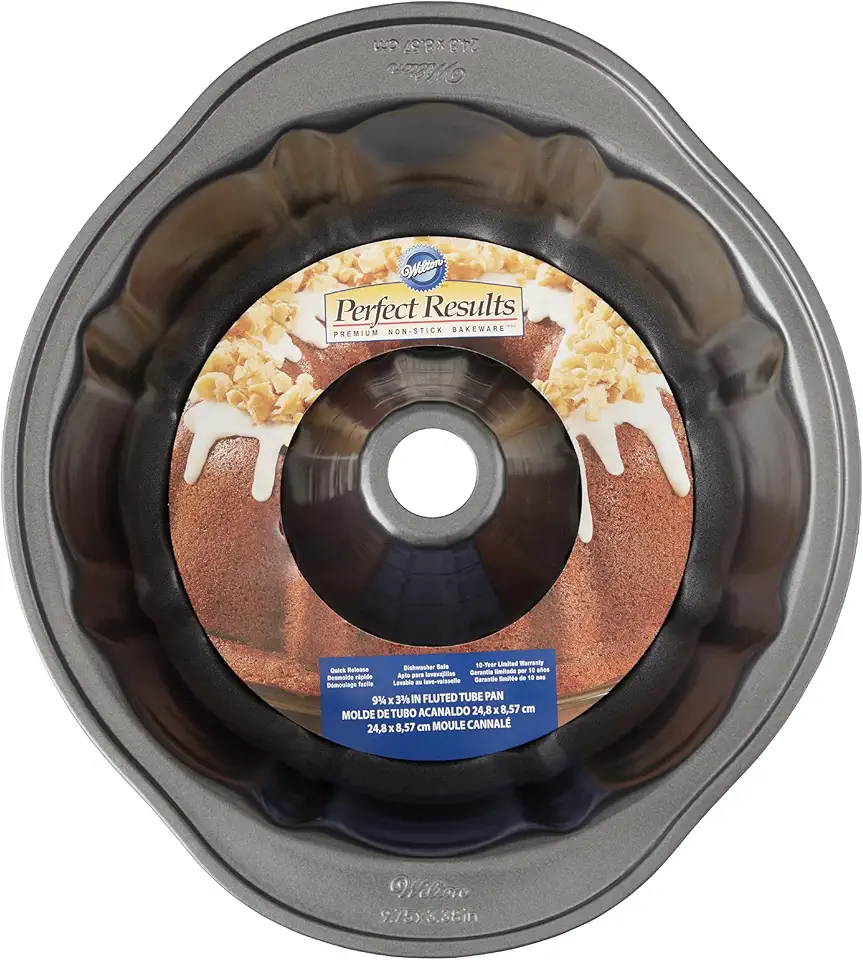 Wilton Perfect Results Premium Non-Stick 9.51-Inch Fluted Tube Pan, Steel Cake Pan
$19.74
View details
Prime
Wilton Perfect Results Premium Non-Stick 9.51-Inch Fluted Tube Pan, Steel Cake Pan
$19.74
View details
Prime
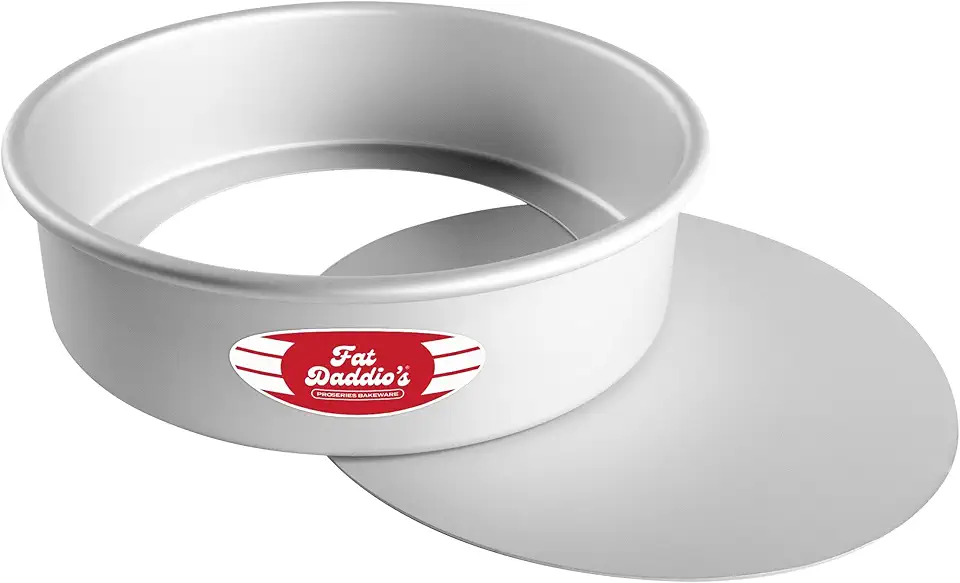 Fat Daddio's PCC-103 Anodized Aluminum Round Cheesecake Pan, 10 x 3 Inch
$21.98
$26.99
View details
Prime
best seller
Fat Daddio's PCC-103 Anodized Aluminum Round Cheesecake Pan, 10 x 3 Inch
$21.98
$26.99
View details
Prime
best seller
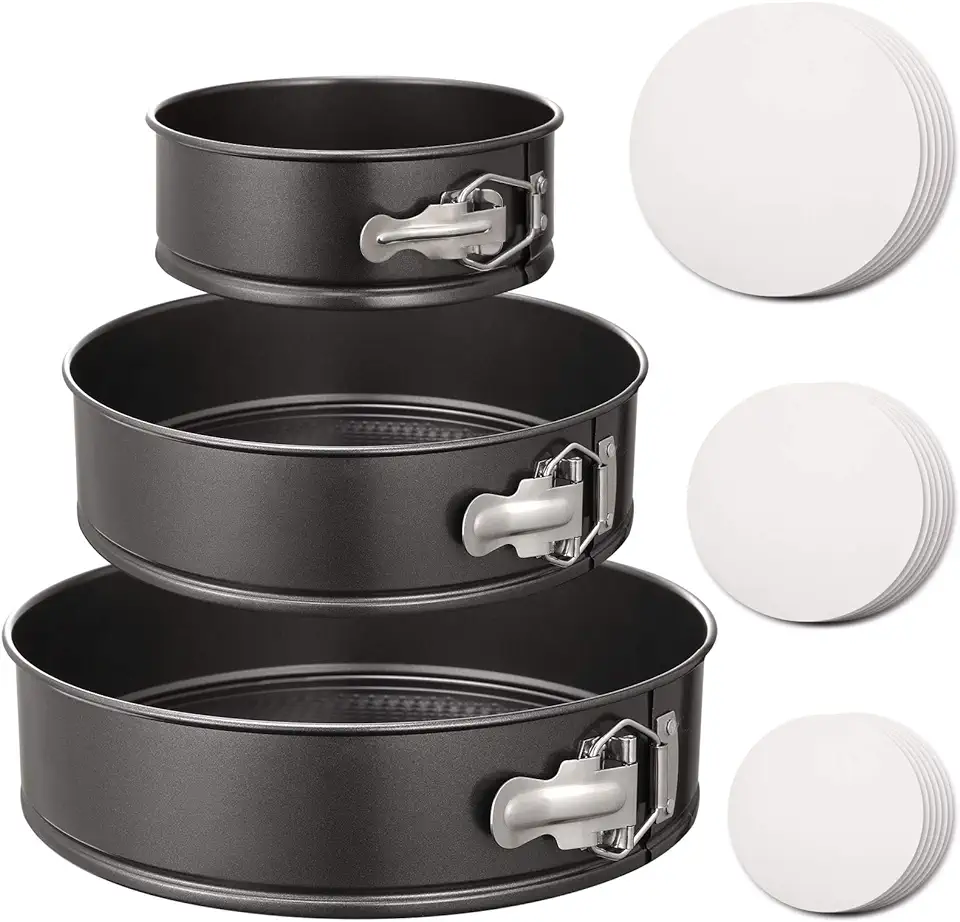 HIWARE Springform Pan Set of 3 Non-stick Cheesecake Pan, Leakproof Round Cake Pan Set Includes 3 Pieces 6" 8" 10" Springform Pans with 150 Pcs Parchment Paper Liners
$23.99
$29.00
View details
HIWARE Springform Pan Set of 3 Non-stick Cheesecake Pan, Leakproof Round Cake Pan Set Includes 3 Pieces 6" 8" 10" Springform Pans with 150 Pcs Parchment Paper Liners
$23.99
$29.00
View details
Wrap the cake in plastic wrap to stabilize it overnight in the fridge.
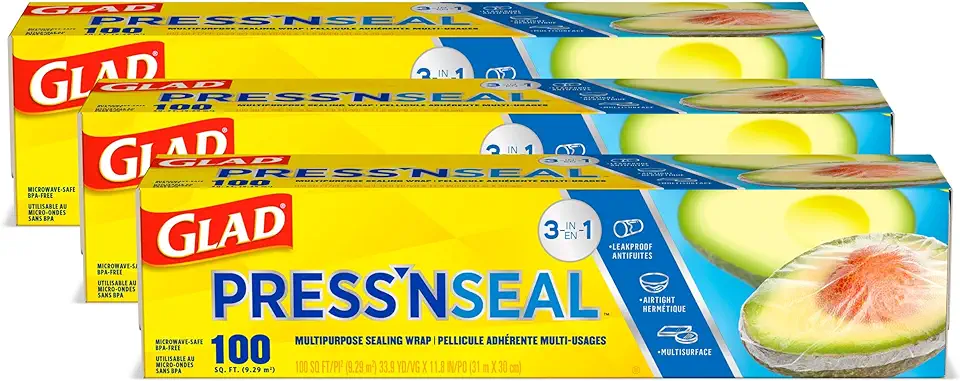 Glad® Press'n Seal® Plastic Food Wrap - 100 Square Foot Roll - 3 Pack (Package May Vary)
$12.72
$14.97
View details
Prime
best seller
Glad® Press'n Seal® Plastic Food Wrap - 100 Square Foot Roll - 3 Pack (Package May Vary)
$12.72
$14.97
View details
Prime
best seller
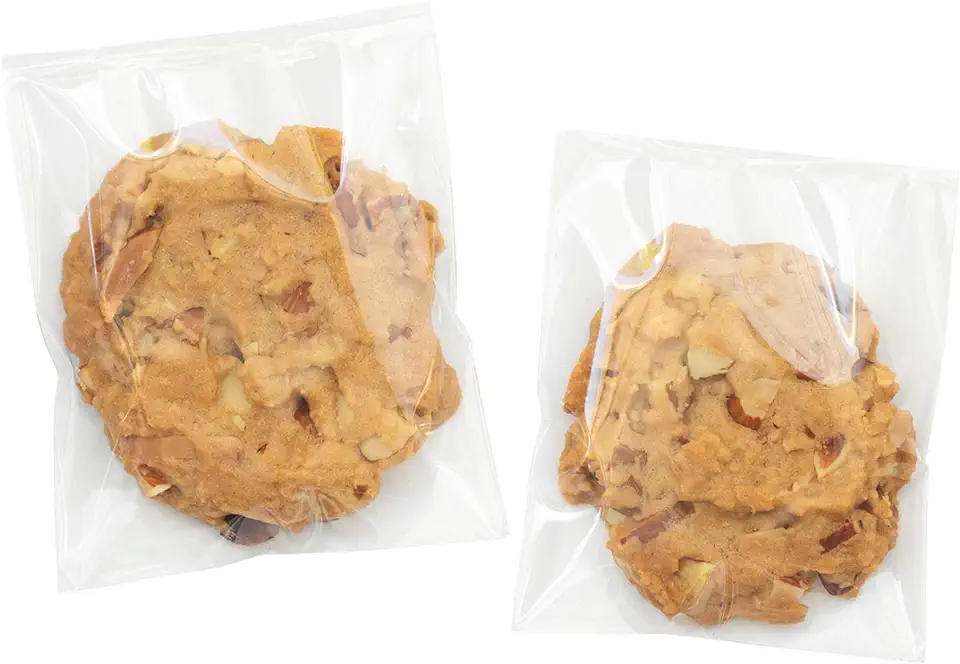 Morepack Clear Self Sealing Cellophane Bags,4x6 Inches 200 Pcs Cookie Bags Resealable Cellophane Bag for Packaging Cookies, Candy and Products
$7.21
$8.49
View details
Prime
Morepack Clear Self Sealing Cellophane Bags,4x6 Inches 200 Pcs Cookie Bags Resealable Cellophane Bag for Packaging Cookies, Candy and Products
$7.21
$8.49
View details
Prime
 Glad Press'n Seal Plastic Food Wrap - 70 Square Foot Roll
$4.49
$7.84
View details
Glad Press'n Seal Plastic Food Wrap - 70 Square Foot Roll
$4.49
$7.84
View details
Variations
Gluten-Free: Replace the flour with a gluten-free flour blend. Make sure to use a 1:1 ratio for best results. Additionally, add 1 teaspoon of xanthan gum to mimic the binding properties of gluten.
🌾❌Vegan: Replace the eggs with an egg replacer suitable for baking. You can also try using aquafaba (the liquid from a can of chickpeas) as it whips up similarly to egg whites. Use a vegan sugar option, and you're good to go!
🌱🍰Tip: Just because you are making substitutions doesn’t mean you have to sacrifice flavor. Experiment with natural flavorings like vanilla extract, almond extract, or citrus zest to keep things exciting! 🍋🌼
Faq
- Why did my sponge cake collapse?
Your cake may have collapsed due to overmixing the batter, which can deflate the air bubbles. Make sure to gently fold the ingredients.
- How do I know if my egg whites are beaten enough?
Stiff peaks form when the egg whites stand up straight when you lift the beaters. If they fall back into the bowl, keep beating.
- Can I use cake flour instead of all-purpose flour?
Yes, cake flour will give you a finer and softer texture. Just replace it using the same measurement as all-purpose flour.
- Can I add flavorings or extracts to the batter?
Absolutely! Add in vanilla extract, almond extract, or any other flavorings during the yolk-beating step for additional depth of flavor.
- How can I make sure my sponge cake doesn't stick to the pan?
Ensure you grease your cake pan well with butter or a non-stick spray, and consider lining the bottom with parchment paper for easier release.
- Can I double this recipe?
Yes, you can double it. Just ensure you use the appropriate pan size and adjust baking time accordingly. Use a toothpick to check for doneness.

